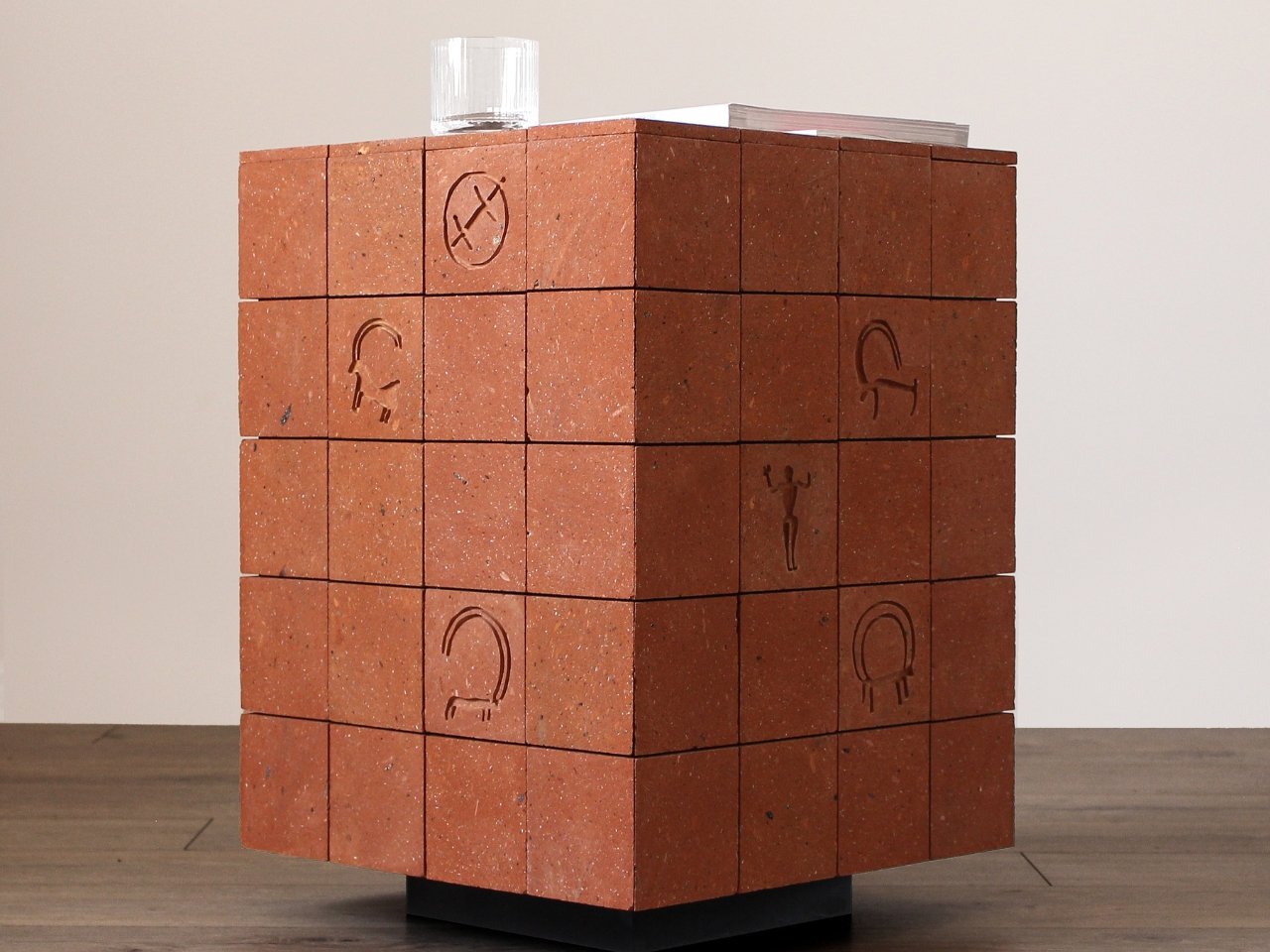Imagine a piece of furniture that embodies the essence of Armenian history, crafted from the same volcanic stone that has shaped the nation’s most iconic monuments for centuries. The Tuff Table, an innovative design concept by Khachatur Nazaryan and Arman Vardanyan, transforms one of Armenia’s most abundant natural resources, volcanic tuff, into a striking contemporary furniture piece that bridges ancient heritage with modern living.
The story of the Tuff Table begins deep in Armenia’s volcanic past. Armenian tuff is a rock formed from volcanic ash ejected during eruptions, which then settles and becomes compacted and cemented into solid stone. Armenia is rich in tuff deposits, with major sources found across the Armenian volcanic plateau, including regions like the Aragats Massif, Kars Plateau, Syunik, and the Ararat Valley. Tuff has been a cornerstone of Armenian architecture for centuries, valued for its lightweight, strength, and low thermal conductivity. The stone is classified by its composition and color, with Armenian tuff available in hues ranging from pink and purple to black, red, orange, and brown. Notable varieties include Artik (pink), Ani (yellow), and Yerevan-Gyumri (black and red).
Designers: Khachatur Nazaryan, Arman Vardanyan
Tuff is an igneous rock composed of volcanic ash and fragments such as bedrock and tephra, often containing a visually dynamic mix of materials. Its hardness typically ranges from 4 to 6 on the Mohs scale, making it both workable and durable for construction and decorative uses. The stone’s porous structure also provides natural ventilation, helping regulate indoor temperatures in Armenia’s climate. What makes the Tuff Table truly extraordinary is its incorporation of Armenian petroglyphs, ancient rock carvings that represent some of humanity’s earliest artistic expressions. Armenian petroglyphs, sometimes referred to as ‘Itsagir’ or ‘goat letters,’ often feature motifs of wild goats with exaggerated curving horns, alongside other animals and human figures. These carvings, dating from the Neolithic period and peaking during the Bronze Age, reflect a rich tapestry of prehistoric storytelling, including astronomical observations and spiritual beliefs.
The Tuff Table concept showcases modular versatility. Constructed from square tuff tiles, the table can be customized in size and arrangement, allowing each piece to be unique while maintaining a cohesive aesthetic. The natural color variations in tuff, from golden light brown to deep reds and purples, depend on the specific quarry and mineral content. The designers have integrated petroglyph motifs into select tiles, using carving techniques inspired by ancient Armenian artisans.
Sustainability is a key aspect of the Tuff Table. Tuff is abundantly available in Armenia, making it a locally sourced material that supports regional craftspeople and reduces environmental impact. Its natural durability ensures that each table is built to last for generations. The Tuff Table serves as a conversation starter, cultural ambassador, and tangible link to one of the world’s oldest civilizations. Each interaction with its surface connects users to the same stone that has witnessed millennia of Armenian civilization, making it equally at home in a modern Yerevan apartment or a contemporary global setting.
The post Tuff Table brings Armenian heritage to modern design first appeared on Yanko Design.

